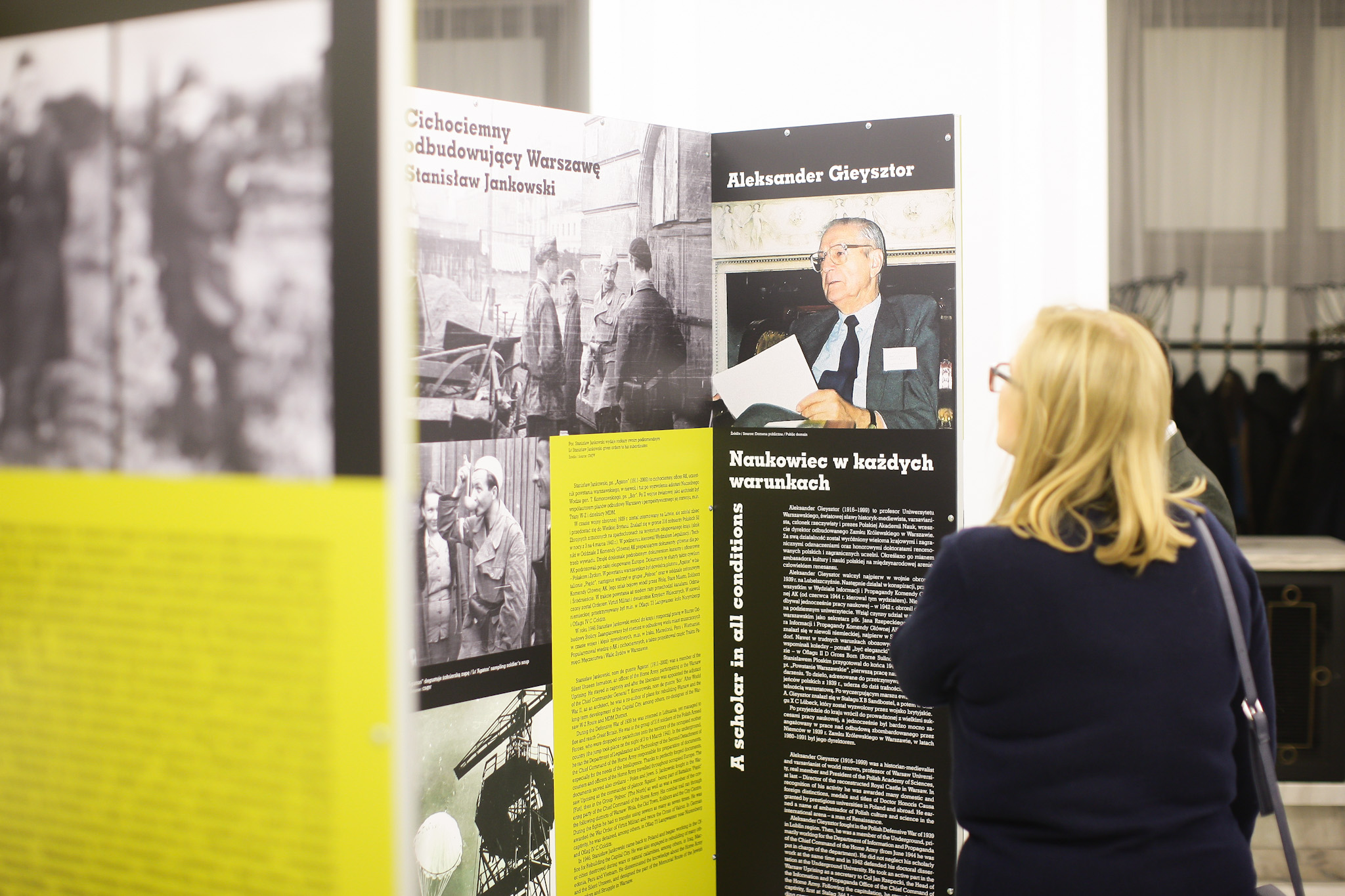The bilingual exhibition focuses on the presentation of a unique but little-known epilogue of the insurgents - the imprisonment of Home Army soldiers in Wehrmacht camps.
For this group, the time behind the wires of the German prisoner of war camps (also in Saxony - e.g. Zeithain, Hohnstein and Colditz) was often characterised by a sense of defeat and bitterness, humiliation and harassment by the guards as well as the brutal daily camp routine, combined with fear for the fate of their loved ones.
It was not only adult men who were taken prisoner, but also women and minors who were not civilians (although there were some in the ranks), but soldiers, and they were treated as such. They represented a cross-section of Polish society at the time. For example, the Wehrmacht camps held important independence activists, well-known writers, actors, scientists and artists.
The exhibition presents some of them, including an extraordinary doctor - Captain Dr Jadwiga Beaupré, Witold Pilecki - ‘a volunteer in Auschwitz’, and the builder of Warsaw - Stanisław Jankowski ‘Agaton’.
An exhibition organised by the German-Polish Society of Saxony.

























